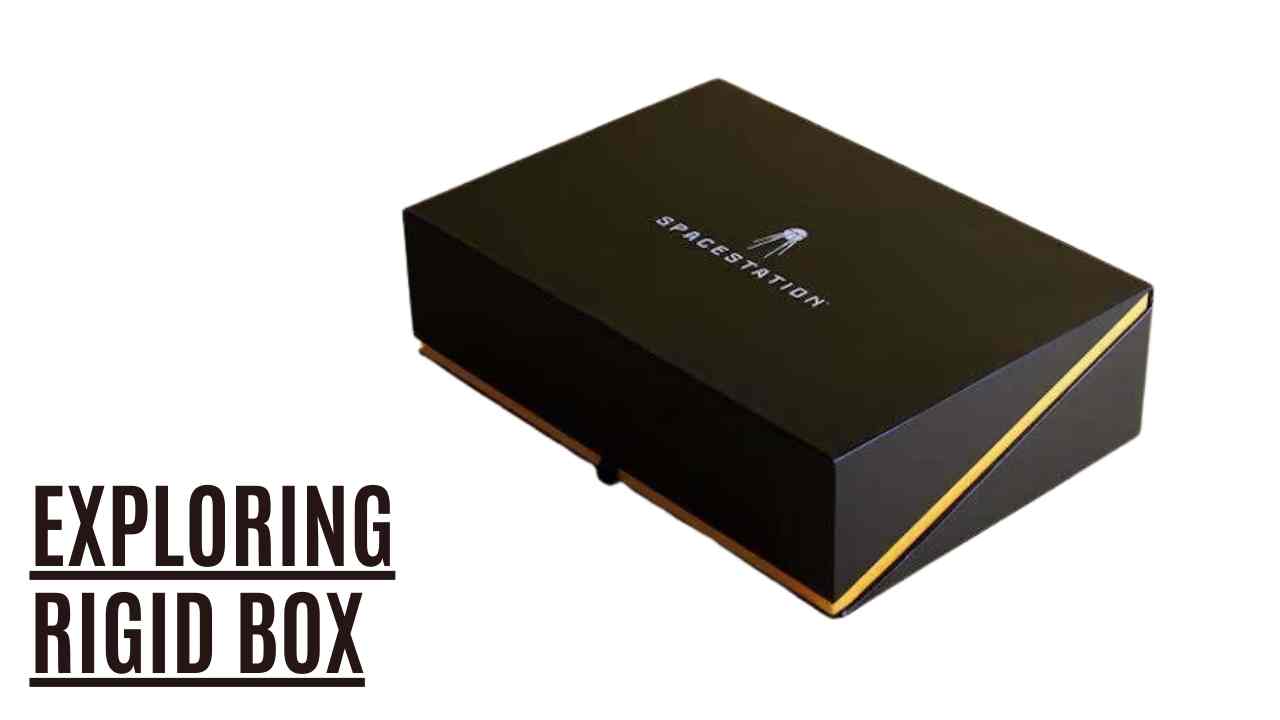Difference between Cardboard Boxes , Corrugated Boxes and Rigid Boxes ...
Understanding the Differences: Cardboard, Corrugated, and Rigid Packaging

In the realm of packaging, the choices can be overwhelming. When it comes to shipping products, selecting the appropriate type of packaging is crucial. Cardboard, corrugated, and rigid packaging are three fundamental options often encountered in the business landscape. However, despite their commonality as paper-based packaging materials, each serves distinct purposes and possesses unique characteristics. Let's delve into their differences and applications.
Cardboard Packaging

Contrary to popular belief, cardboard isn't a flimsy material. It's a robust paper stock created by compressing paper pulp under heat, resulting in thick sheets. Typically exhibiting a pale brown or white hue, cardboard finds its utility in packaging various consumer goods. Items like cereal boxes, chocolate packaging, milk cartons, shoeboxes, toilet paper rolls, and greeting cards are commonly crafted from cardboard.
Cardboard comes in various forms, determined by factors such as the type and quality of pulp used, the thickness of the pressed pulp, and the proportion of fresh fiber to recycled pulp. Different types of cardboard include cardstock, paperboard, and corrugated fiberboard. It's important to note that while all corrugated packages fall under cardboard packaging, the reverse isn't true. This distinction often leads to confusion among consumers.
Corrugated Packaging

Corrugated packaging, often termed corrugated cardboard or containerboard, is a refined version of cardboard. This type of packaging entails the integration of two or more layers of paper, adhered together in a specific configuration. The primary components include the liner, constituting the outer and inner flat paper layers, and the medium, which refers to the paper sandwiched between the liners in a zigzag pattern.
The zigzagging medium layer grants corrugated packaging its characteristic strength and resilience, making it ideal for shipping purposes. It offers enhanced protection against external pressures and impacts, safeguarding the enclosed items during transit.
Rigid Packaging

In stark contrast to the flexibility of cardboard and corrugated packaging, rigid packaging lives up to its name. Crafted from sturdy cardboard overlaid with paper for a polished finish, rigid packaging is exceptionally robust. Its rigidity precludes folding, necessitating ample storage space. While it may not offer the versatility of collapsible packaging, rigid packaging excels in safeguarding delicate or high-value items that demand extra protection.
Conclusion
Selecting the right packaging material is paramount for businesses engaged in shipping products. While cardboard, corrugated, and rigid packaging all belong to the paper-based packaging category, they serve distinct functions and offer unique advantages. Understanding their differences empowers businesses to make informed decisions, ensuring their products reach customers intact and in pristine condition. Whether it's the lightweight versatility of cardboard, the durability of corrugated packaging, or the sturdiness of rigid packaging, each option caters to specific needs, contributing to a seamless shipping experience.